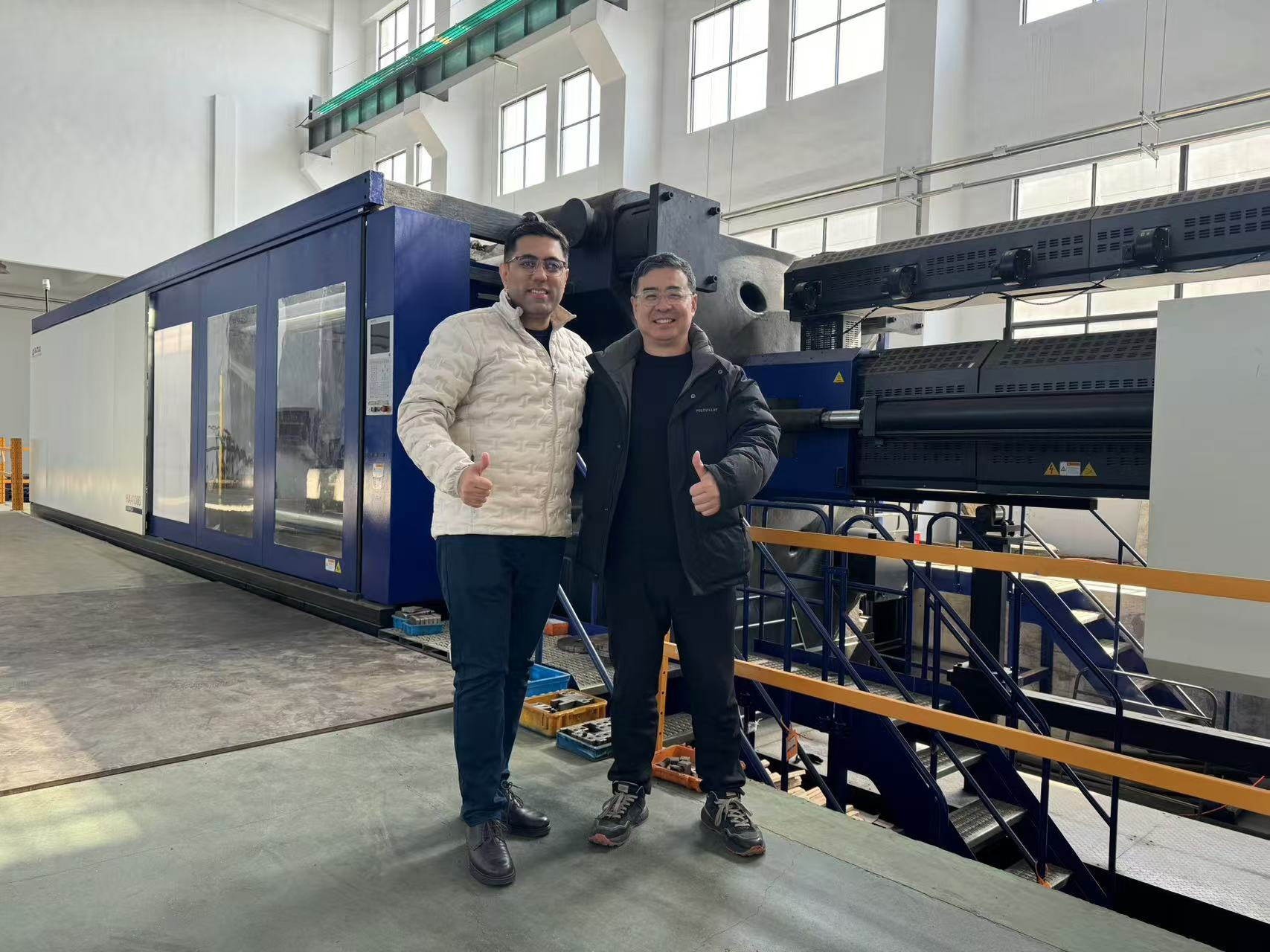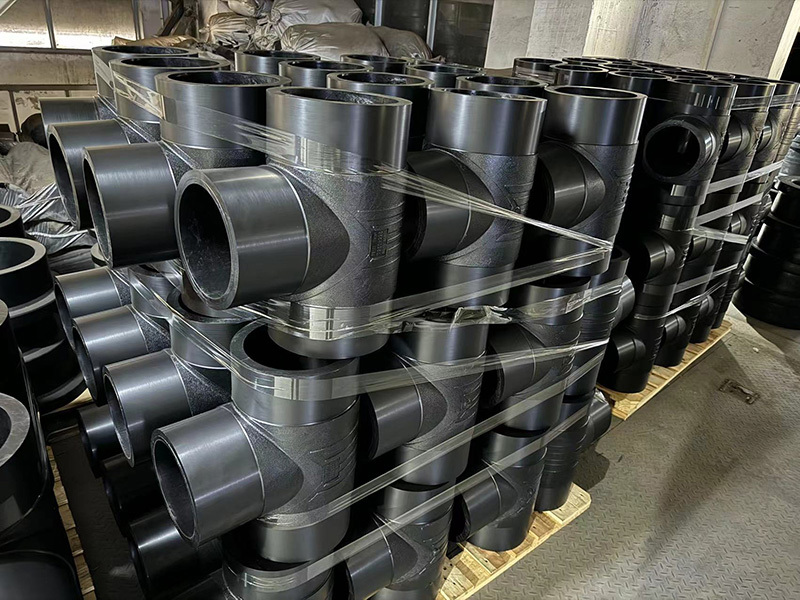How to Properly Install a PE Fitting 45deg Elbow for Maximum Durability
Feb 14,2025

How to Properly Install a PE Fitting 45deg Elbow for Maximum Durability
When it comes to plumbing systems, ensuring durability and reliability is paramount. One crucial component often overlooked is the PE (polyethylene) fitting, specifically the 45-degree elbow. This fitting is essential for redirecting the flow of liquids or gases within your piping system. In this article, we will cover everything you need to know about installing a PE fitting 45-degree elbow for maximum durability.
Table of Contents
Understanding PE Fittings
Importance of Quality in PE Fittings
Tools and Materials Required
Step-by-Step Installation Guide
Common Mistakes to Avoid
Maintenance Tips for PE Fittings
FAQs
Conclusion
Understanding PE Fittings
PE fittings are made from high-density polyethylene, a material known for its strength, flexibility, and resistance to chemicals. The 45-degree elbow is a type of fitting that allows for a change in direction in a piping system. Understanding the properties of PE fittings is essential for selecting the right components for your plumbing needs.
The Benefits of Using PE Fittings
PE fittings offer numerous benefits, such as:
Durability: PE fittings are resistant to corrosion, impact, and UV rays.
Flexibility: They can be easily installed in tight spaces and can bend without breaking.
Cost-Effective: PE fittings are generally less expensive than other materials like PVC or metal.
Importance of Quality in PE Fittings
Choosing high-quality PE fittings is crucial for ensuring the longevity of your plumbing system. Poor-quality fittings can lead to leaks, cracks, and ultimately, system failure. It's essential to invest in reputable brands and verify that the fittings meet industry standards.
Tools and Materials Required
Before beginning the installation process, gather the following tools and materials:
Tools:
Pipe cutter or saw
Deburring tool
Measuring tape
Heat gun (if using heat fusion methods)
Wrench
Materials:
PE fitting 45-degree elbow
High-density polyethylene pipe
Pipe adhesive (if applicable)
Pipe joint lubricant (optional)
Step-by-Step Installation Guide
Follow these steps to ensure a successful installation of your PE fitting 45-degree elbow:
Step 1: Measure and Cut the Pipe
Begin by measuring the required length of the polyethylene pipe. Use a pipe cutter or saw to make a clean, straight cut. Ensure that the cut edges are smooth to avoid damaging the fitting during installation.
Step 2: Deburr the Cut Edge
Use a deburring tool to remove any sharp edges from the cut pipe. This step is crucial as it prevents damage to the fitting and ensures a proper seal.
Step 3: Prepare the Fitting
Before inserting the pipe into the 45-degree elbow, apply a thin layer of pipe joint lubricant, if desired. This can help ease the installation process.
Step 4: Insert the Pipe into the Fitting
Carefully insert the prepared end of the polyethylene pipe into the 45-degree elbow fitting. Ensure that it is fully seated within the fitting for a secure connection.
Step 5: Secure the Fitting
If you are using pipe adhesive, apply it around the joint where the pipe meets the fitting. Allow the adhesive to cure as per the manufacturer's instructions. If using heat fusion, follow the specific heating requirements to meld the fitting and pipe securely.
Step 6: Test for Leaks
Once the adhesive has cured, turn on the water supply and check for any leaks around the joint. If you notice any leaks, you may need to reapply adhesive or adjust the fitting.
Common Mistakes to Avoid
To ensure a successful installation, avoid these common mistakes:
Failing to deburr the cut edges of the pipe.
Using low-quality or incompatible adhesives.
Not allowing adequate curing time for adhesives.
Over-tightening the fittings, which can cause damage.
Maintenance Tips for PE Fittings
To maximize the durability of your PE fittings, consider the following maintenance tips:
Regularly inspect fittings for signs of wear or damage.
Keep the surrounding area clear of debris and vegetation that could cause pressure build-up.
Flush your system periodically to remove any build-up or blockages.
FAQs
What is a PE fitting 45-degree elbow?
A PE fitting 45-degree elbow is a plumbing component made from polyethylene that allows for a change in the direction of flow in a pipe system at a 45-degree angle.
Why should I use PE fittings over other materials?
PE fittings are more durable, flexible, and cost-effective compared to other materials like PVC or metal, making them an excellent choice for various plumbing applications.
How do I know if my PE fitting is installed correctly?
A correctly installed fitting will be fully seated, free of leaks, and show no signs of cracking or damage. Conduct a leak test after installation to confirm.
Can I use heat fusion for PE fittings?
Yes, heat fusion is a common method for joining polyethylene fittings and pipes. Be sure to follow the manufacturer's guidelines for heating and cooling times.
What should I do if I notice a leak after installation?
If you notice a leak, first turn off the water supply. Depending on the severity, you may need to reapply adhesive, tighten the fitting, or replace the fitting entirely.
Conclusion
Installing a PE fitting 45-degree elbow may seem daunting, but with the right tools and guidance, you can achieve a secure and durable installation. By following the steps outlined in this article and avoiding common mistakes, you can ensure that your plumbing system operates efficiently and reliably. Regular maintenance and quality materials will further enhance the durability of your fittings, providing peace of mind for years to come.
Contact Us
E-mail:
gjl@jydjsy.com
Mr.Gu (Tel):
86-18961696788 / 86-510-86378220
Tel:
86-510-86370651 / 86-510-86371315




